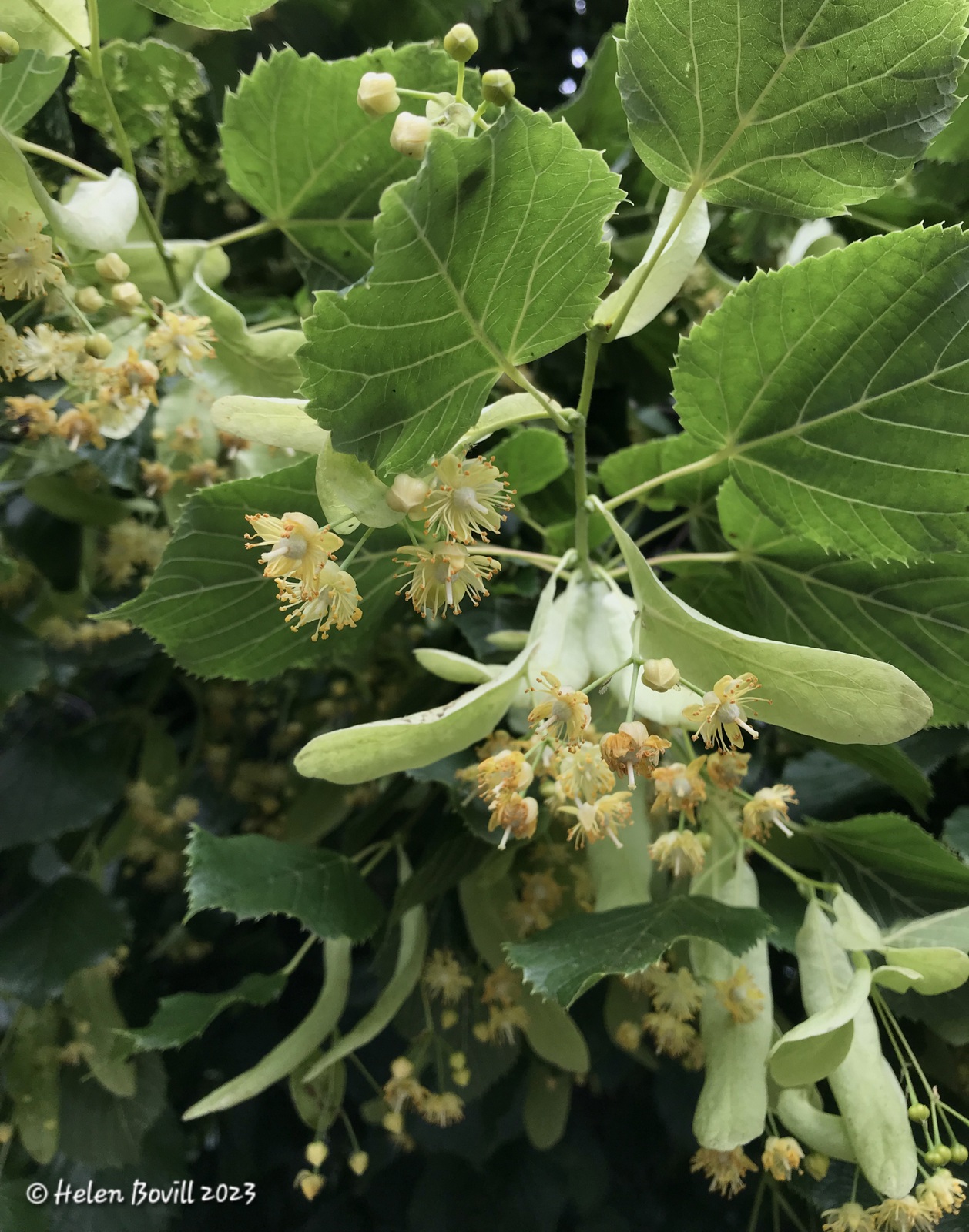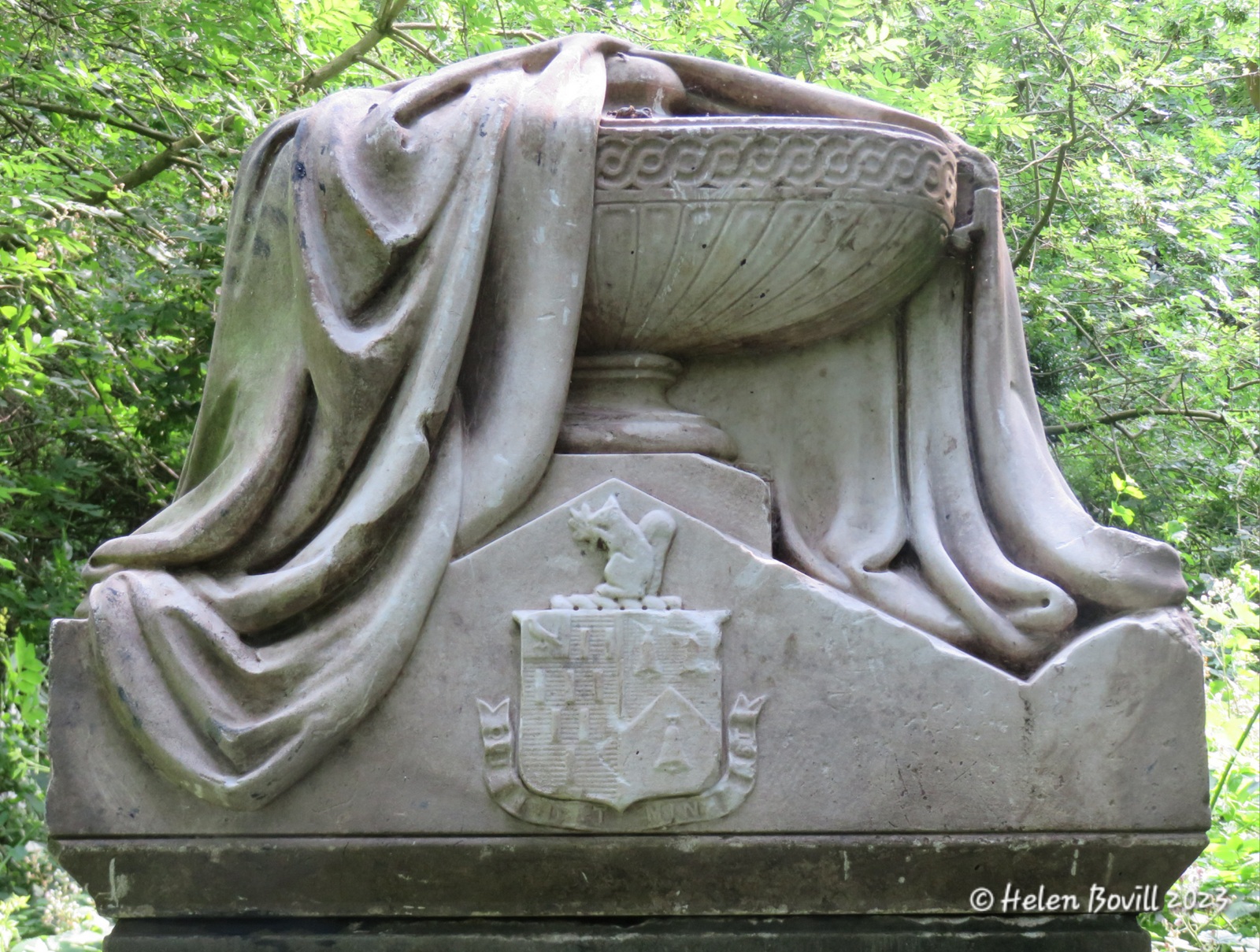For me, nothing signals the start of spring more than the sound of a Chiffchaff singing, so let’s start this month with a song! There’s a link at the end of this report with some more information and a sample of one singing. The cemetery wildlife had a mixed bag of weather to contend with in March, but when the sun came out there was plenty to sing about. There was rain on quite a few days, but no really heavy showers. However, even a modest fall was enough to create puddles on and around the footpaths due to the ground still being saturated from all the winter rain.
Birds
I watched the above Chiffchaff high up in the trees. Occasionally it would swoop lower, catch something in mid-air, and then fly back up. They do eat flies, but whatever it was catching was far too small for me to see at such a distance.
I noticed one of the local Chaffinches making good use of one of those muddy puddles.

I kept regularly seeing male and female Bullfinches in the cemetery this month. This is not something I would have expected to be saying a year ago, when they were quite a rare sight here.
I regularly see small groups of Goldfinches and hear them chattering to each other as they flit from tree to tree.

I saw plenty of members of the tit family in the cemetery including Great Tits, a couple of Coal Tits, Long-tailed Tits and Blue Tits.

Wrens and Robins were in fine voice as the breeding season got underway.


I also caught a brief glimpse of a Treecreeper, quickly winding its way up a tree. And I had some distant views of a Great Spotted Woodpecker. But the most surprising sight this month was a Siskin. They’re the same size as Goldfinches, and it was with a small group of them. They’re normally seen in small flocks, making me think it might have got separated from its own flock and ended up with some Goldfinches.
Insects
Butterflies
The most colourful branch of the cemetery wildlife kept me delighted every sunny day this month. I saw my first Peacock of the year, mid-month, on the verge alongside the cemetery on Spring Bank West.

Peacocks spend winter as adults, so they can sometimes be a little battered when they first venture out. In the first photo you can see the edges of the lower wings have parts missing. For comparison, the one on the right, which I saw at the end of the month, is in much better condition.
I also saw my first Brimstone of the year, again on the verge alongside the cemetery. This was also during the middle of the month. I saw them a few times after that. They also spend winter as adults.

The biggest surprise was seeing my first Holly Blue of the year, again on the Spring Bank West verge. This was on 26th March, the earliest one I’ve ever seen. These butterflies spend winter as pupae.

I also saw a lone Small Tortoiseshell on a few days.

But the species I saw most often in March was the Comma. I saw at least one, sometimes two or three, every sunny day I walked past the verge.

Other insects
I saw my first Bee-fly of the year on the Spring Bank West verge. I watched it feeding on a daffodil before coming to a rest on a dead leaf. Although the daffodils here are cultivated flowers, planted several years ago by volunteers, they still provide a good source of food for the cemetery wildlife.

I also saw a Birch shield bug, this time inside the cemetery. This species is noticeably smaller than the similar-looking Hawthorn shield bug.

I saw lots of other flies, hoverflies and bumblebees on the wing along the verge, including these Buff-tailed bumblebees.

There was an abundance of ladybirds everywhere I looked – native ones such as the Seven-spot, plus harlequin ones. Look out for some of them on this next set of photos!
Plants
There was an explosion of colour in March. The verge really came into its own with a carpet of bright yellow celandines and dandelions for the early insects to feed upon. Yellow was still the predominant flower colour, especially true of the Forsythia growing near the cemetery gates. I saw how it changed from a mass of just yellow flowers at the start of the month to a mixture of flowers and fresh, bright green leaves at the end of the month. Berberis and Mahonia are now starting to flower.

I was pleased to see the first Cowslips of the year, and also Yellow Archangel. And so often overlooked is Groundsel, its flowers looking more like buds than fully developed blooms.

I was relieved the Wood Anemones had survived the wet winter. I don’t recall seeing their buds – only the fully opened flowers. And the Cow Parsley is just starting to flower – another source of nectar for the cemetery wildlife.

After all this yellow and white, it was nice to find some other coloured flowers. The first ones I saw were on some Pulmonaria growing in the Quaker Burial Ground. This is a cultivated plant rather than a wild one, but it still provides a good source of nectar, especially for bees. I found Periwinkle in several places throughout the cemetery, just starting to flower.
But the plant I was most surprised to find was Greek Anemone. It’s not native to the UK but can become naturalised. This is what must have happened here, as I found it in two random, partially shaded places.

I found some Red Dead-nettle growing on the verge, and some Herb Robert inside the cemetery.

Conclusion
The transition from winter to spring saw a real growth spurt in the cemetery’s flora, helped no doubt by the mix of rain and warm sunshine. I saw lots of green shoots and buds on many of the trees. This has provided some fresh greens for the cemetery wildlife to eat.

I didn’t find any fungus of note this month. I heard a fox on a couple of evenings but didn’t manage to see one – they are very elusive as they go about their daily (and nightly) business. So it’s down to the Squirrels to represent the cemetery’s mammals this month as usual.

Link to Chiffchaff information –
Chiffchaff Bird Facts | Phylloscopus Collybita (rspb.org.uk)



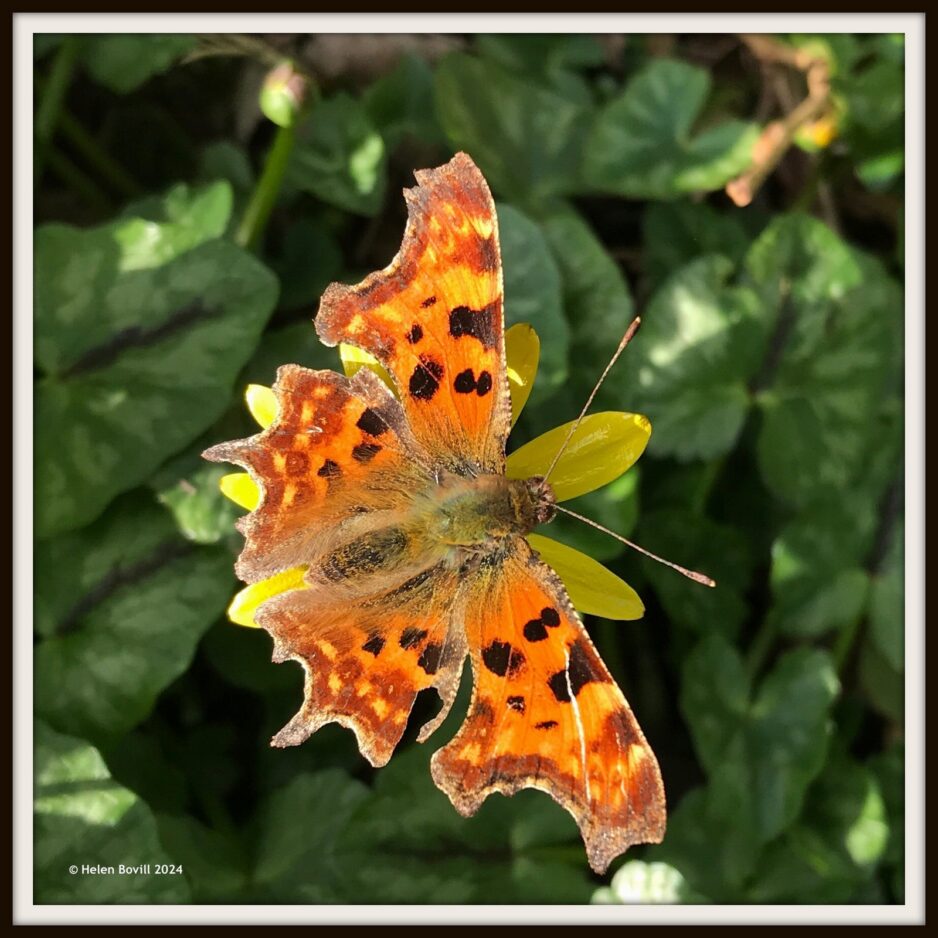
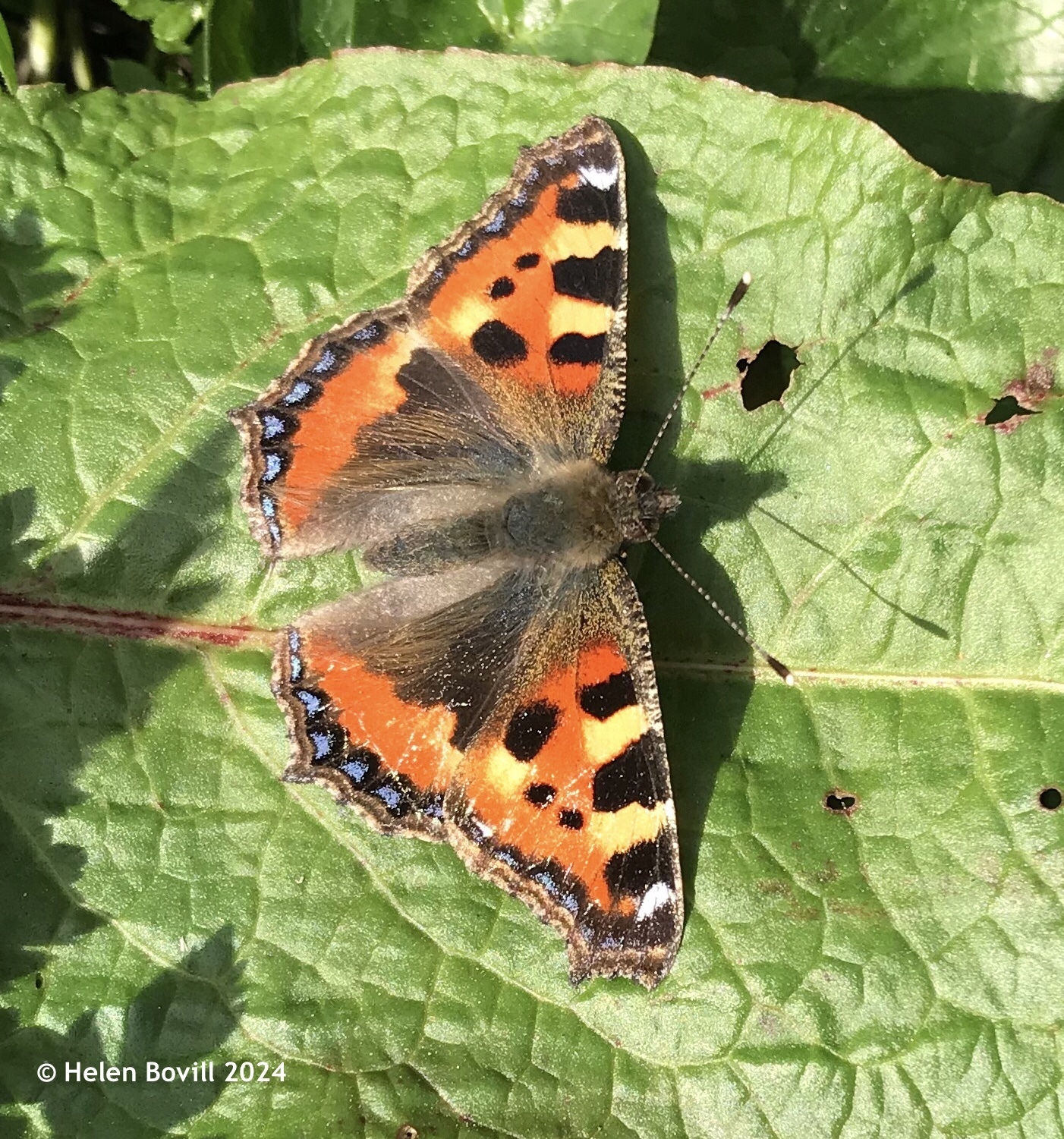















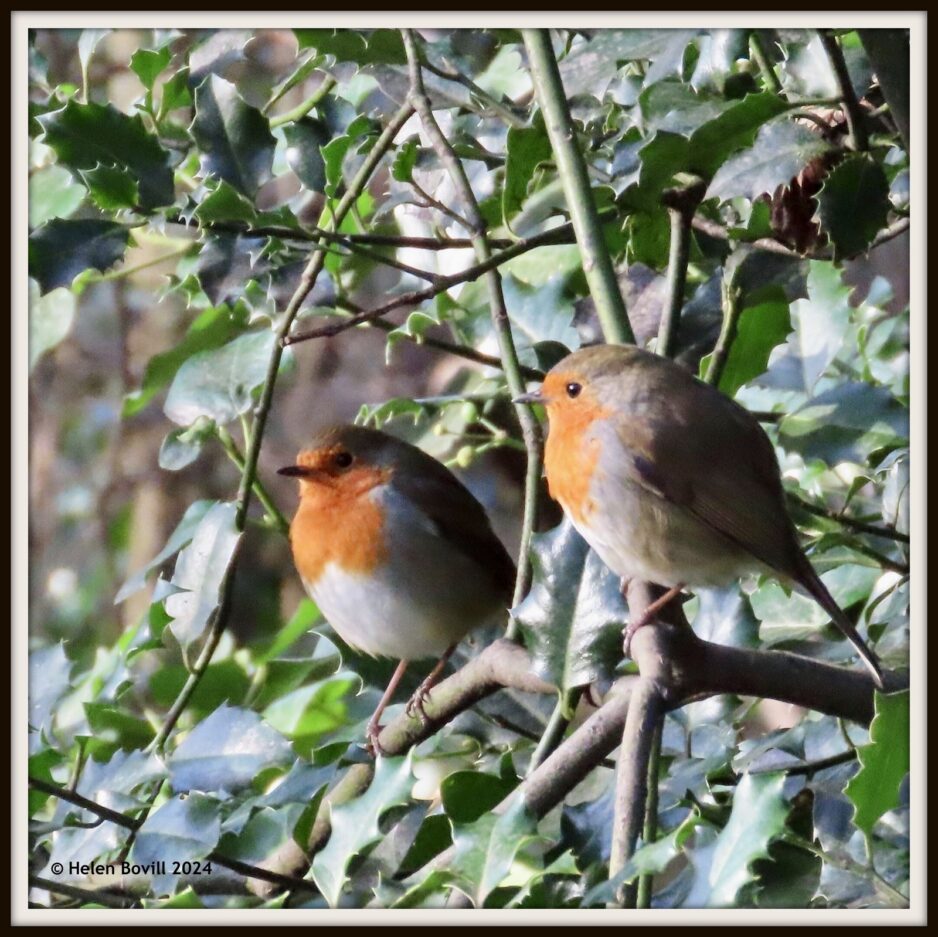
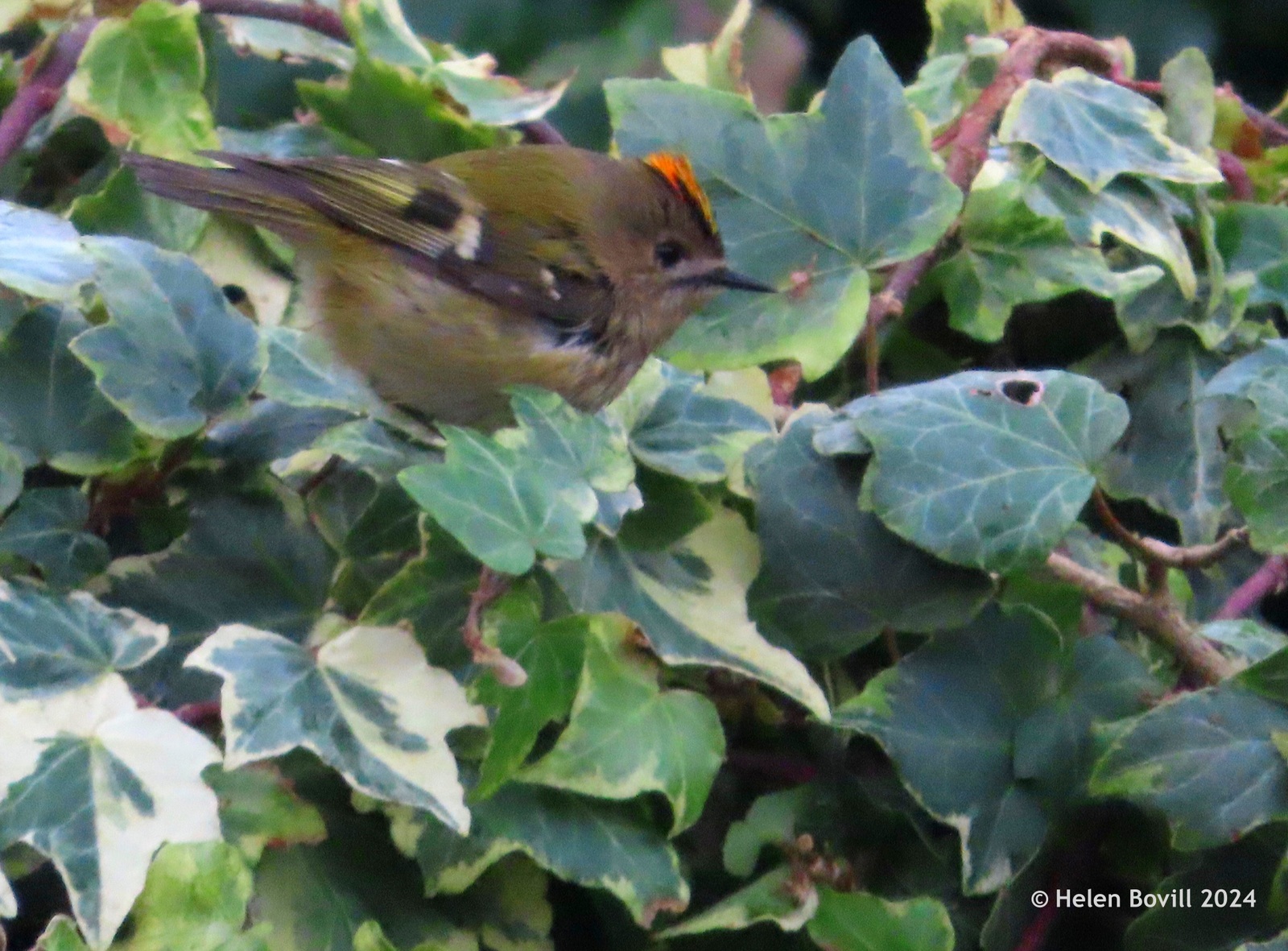















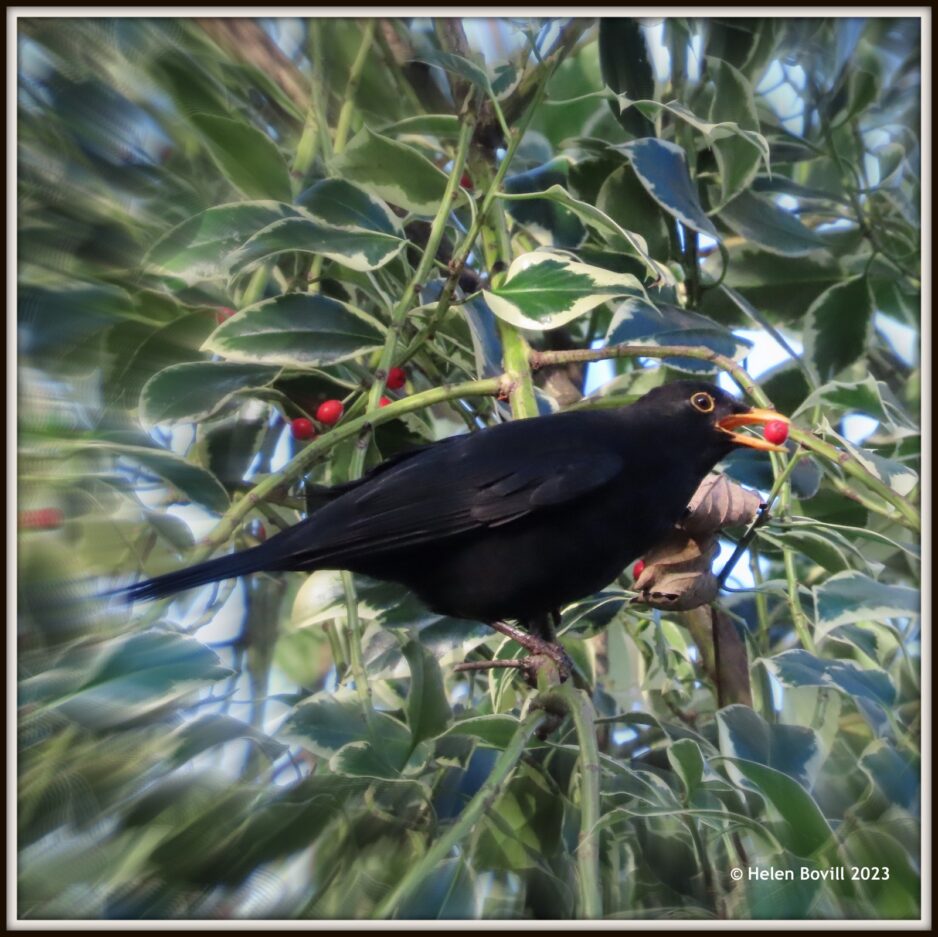




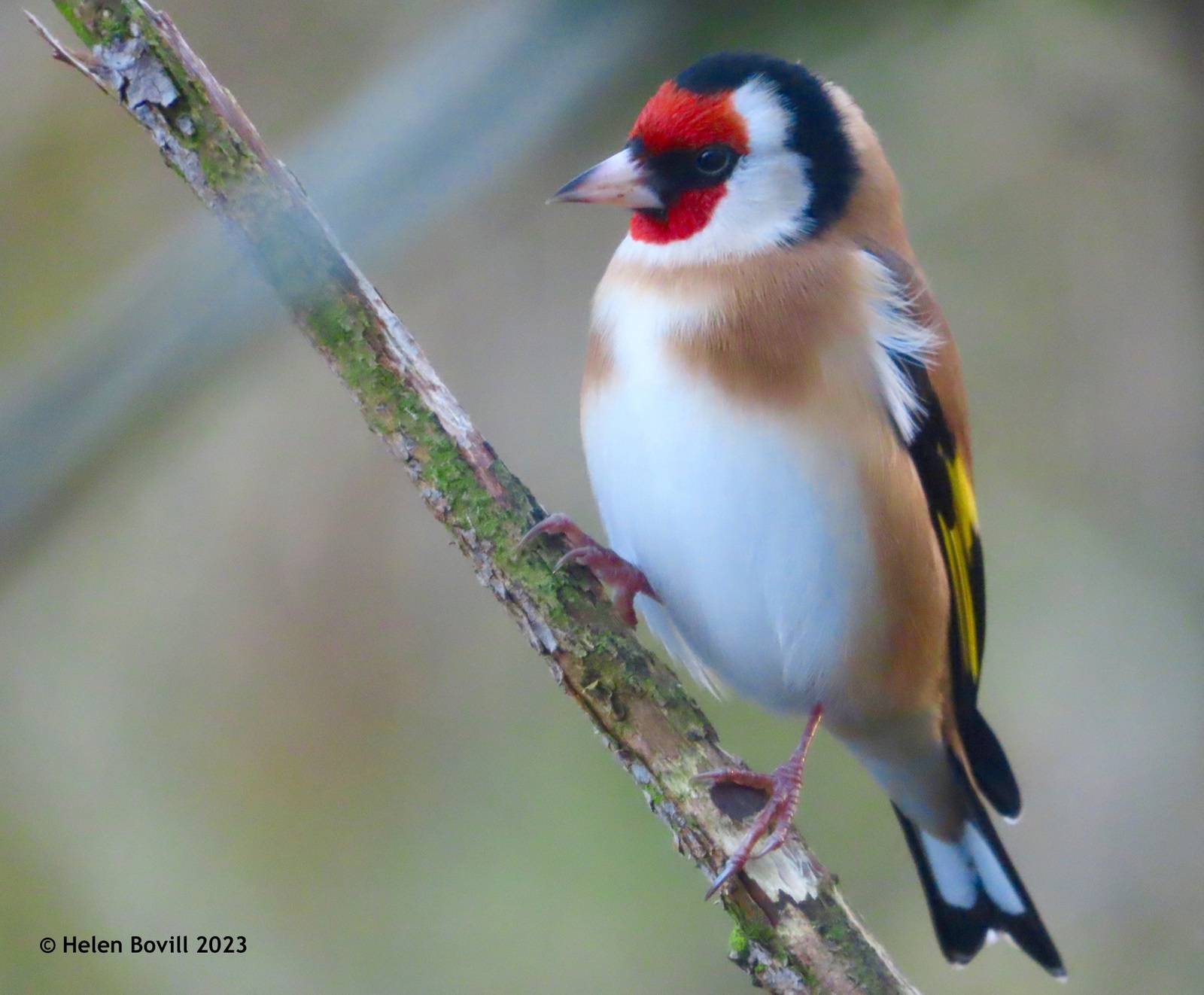

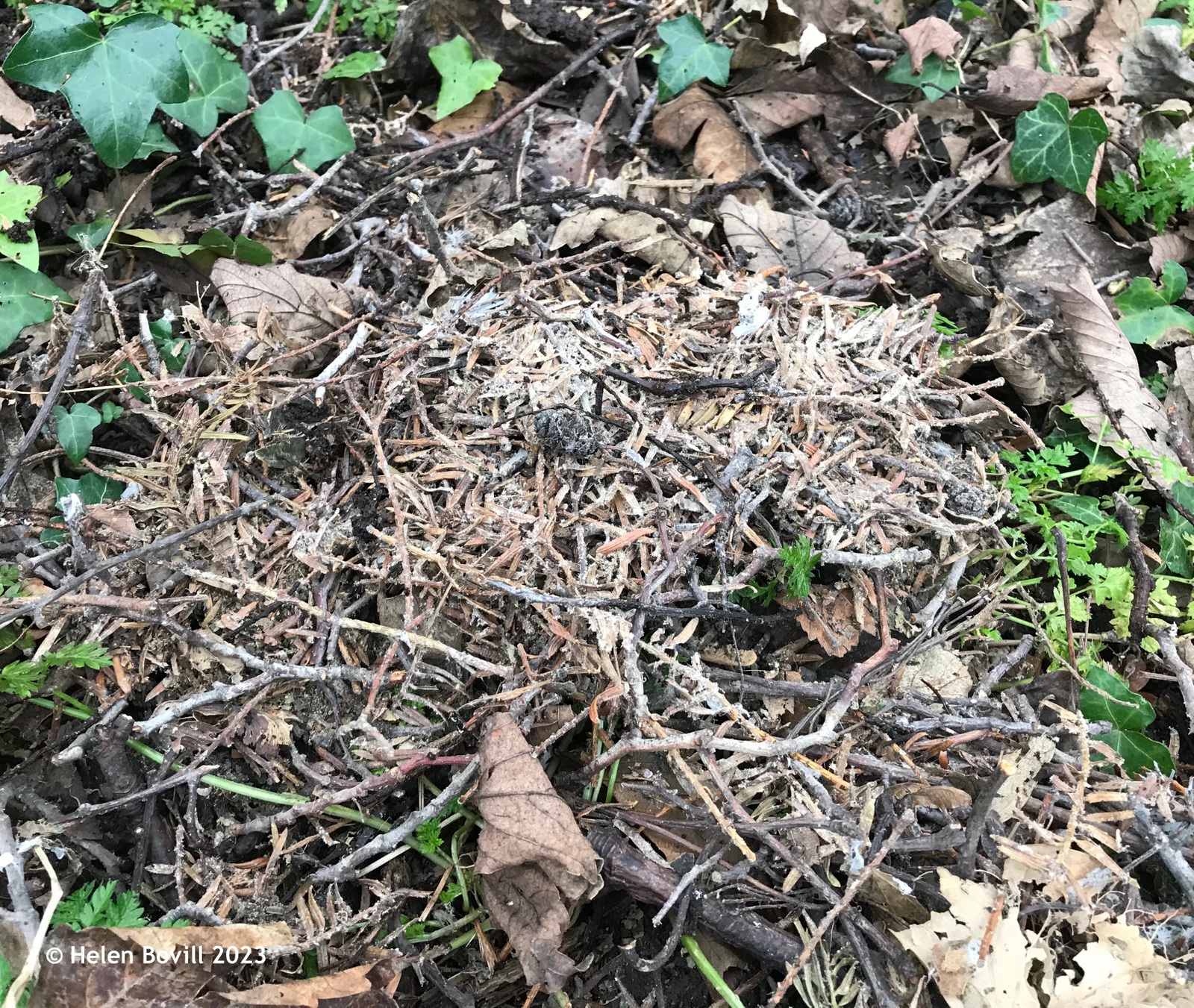





















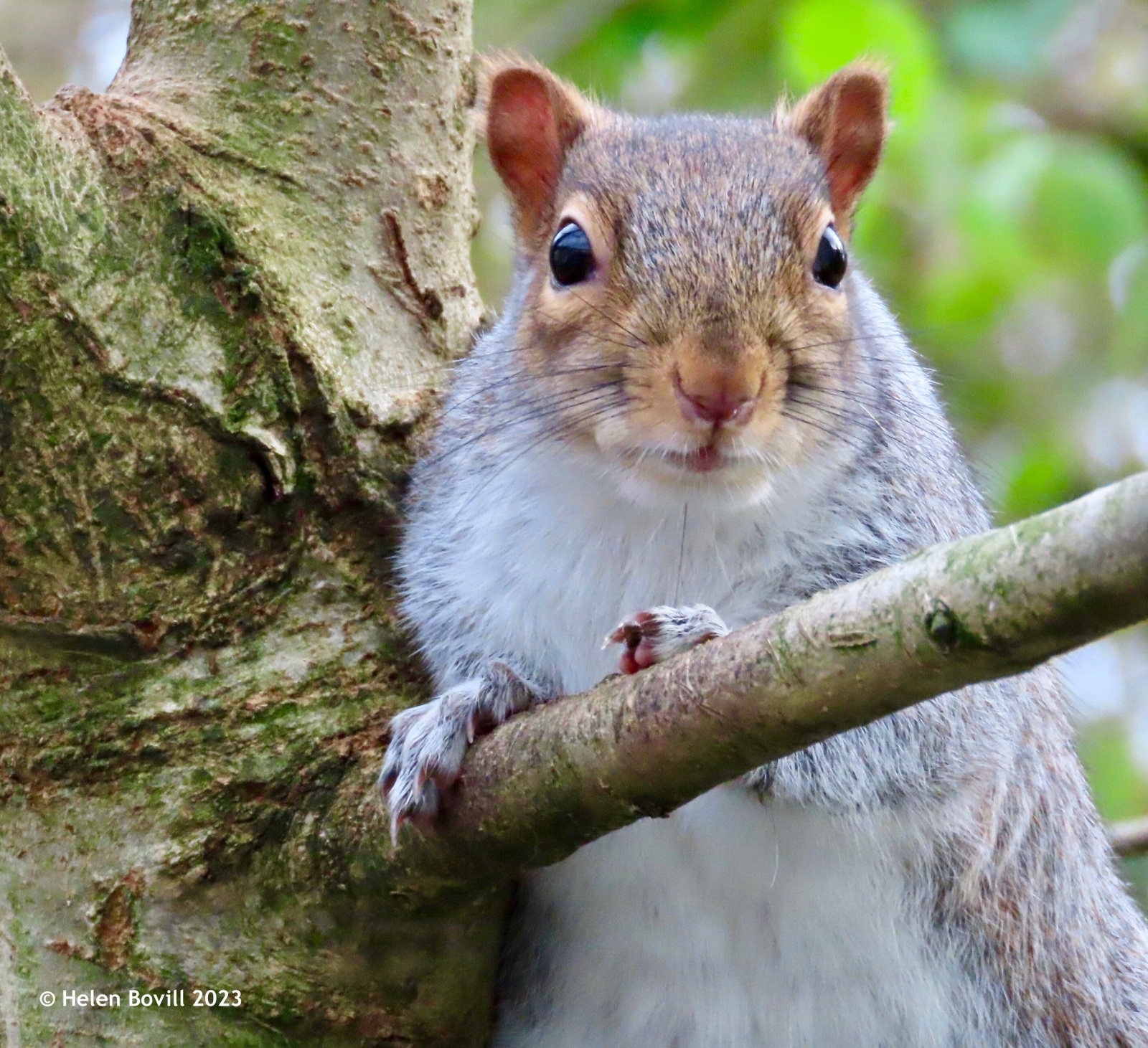







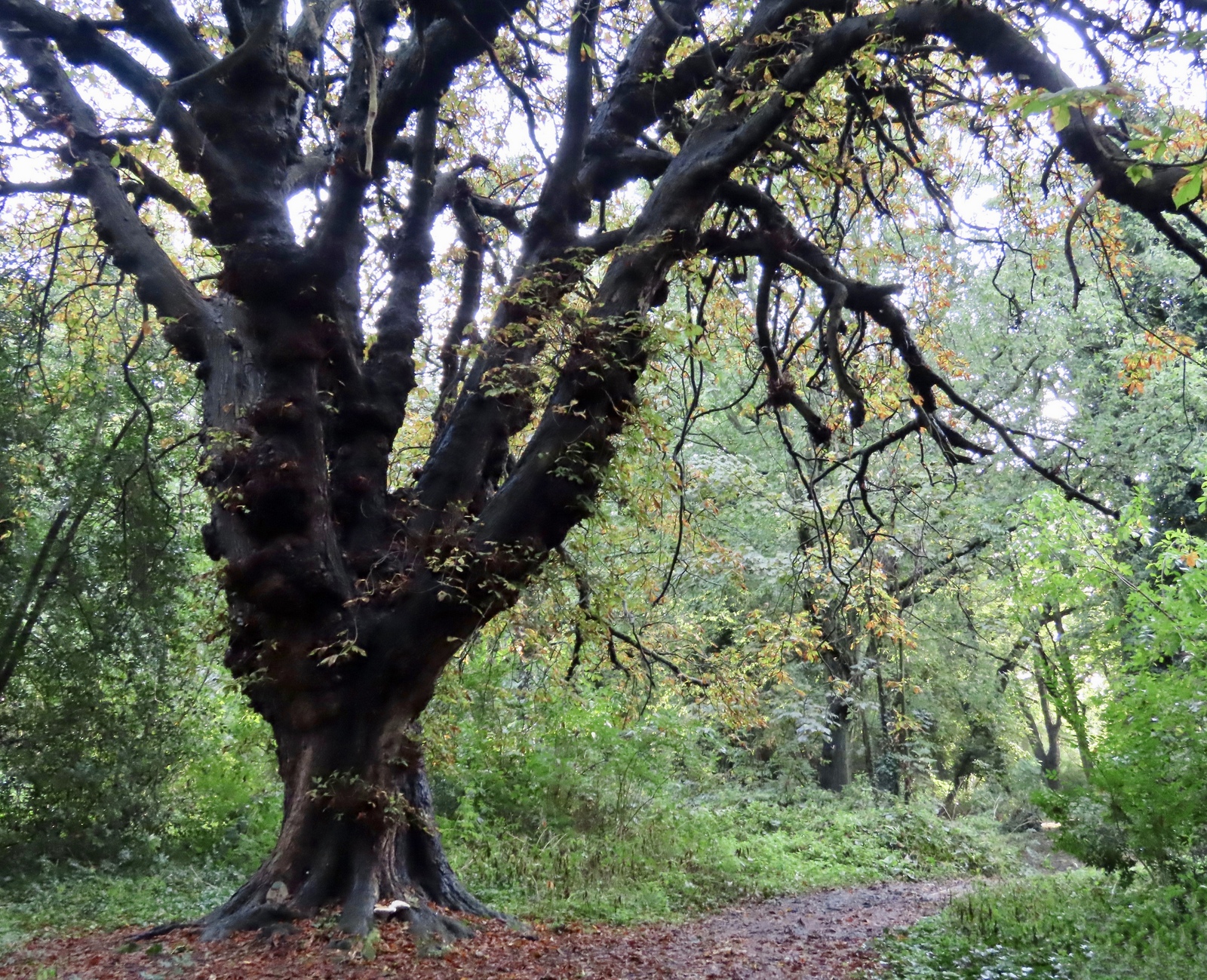




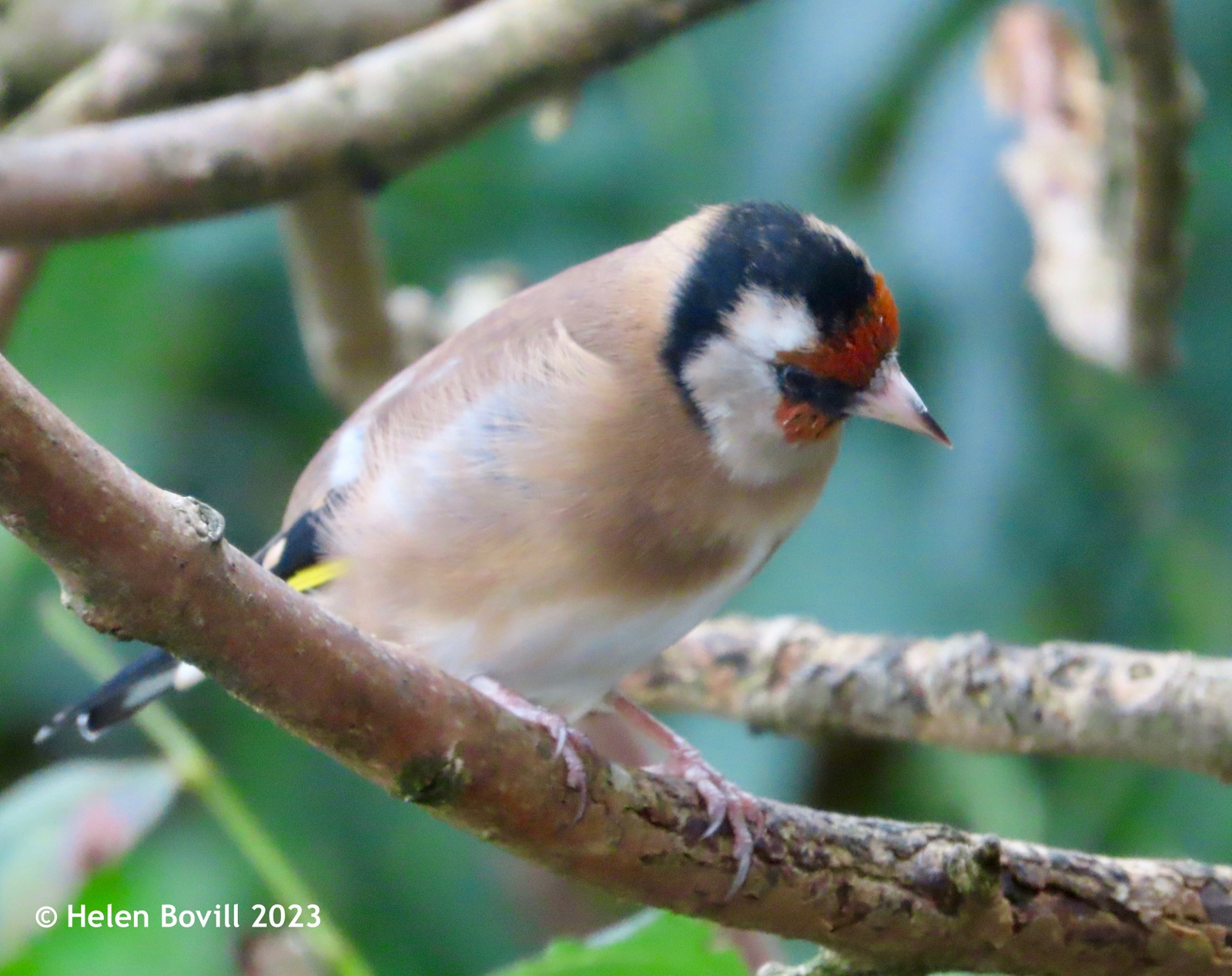


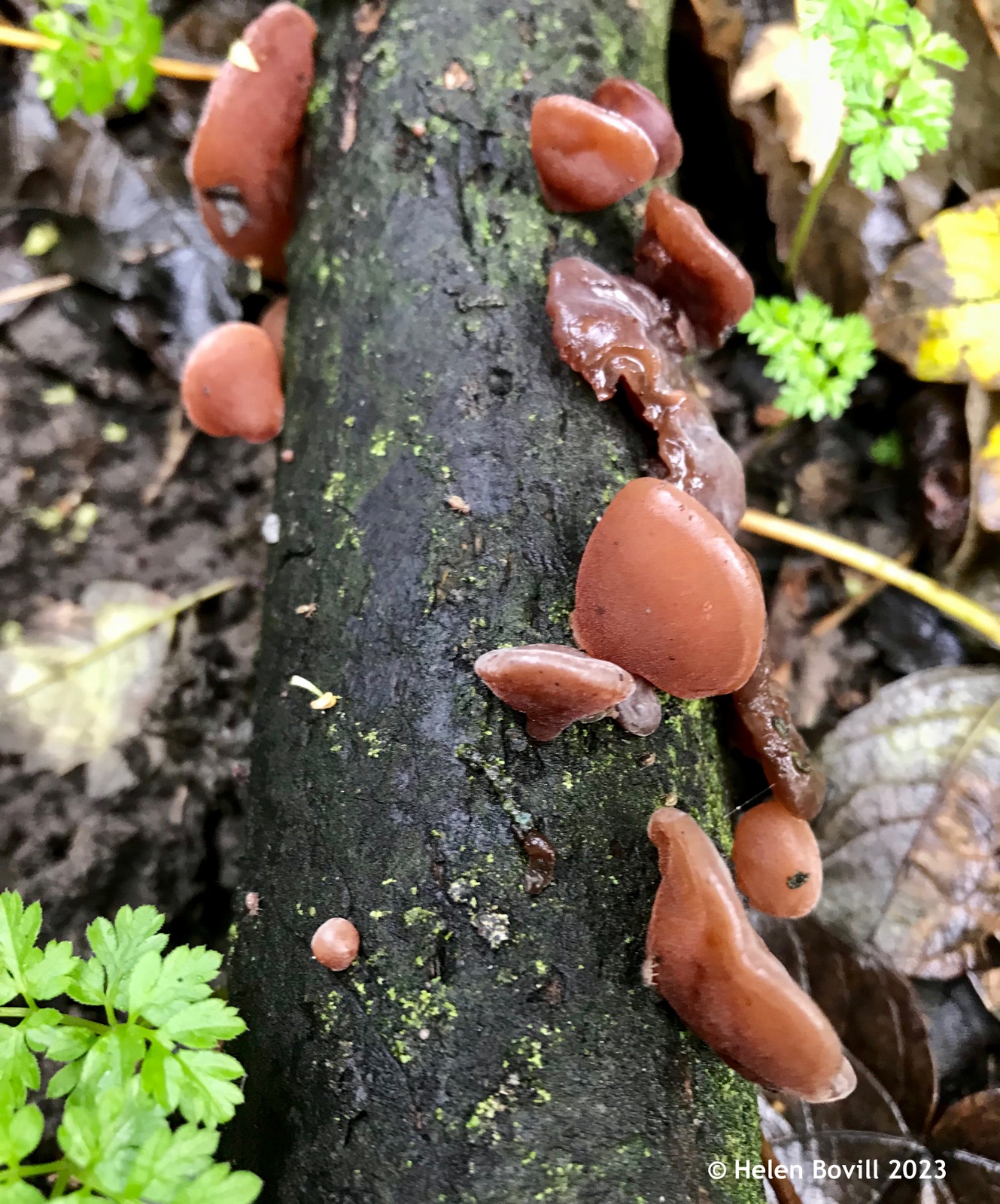








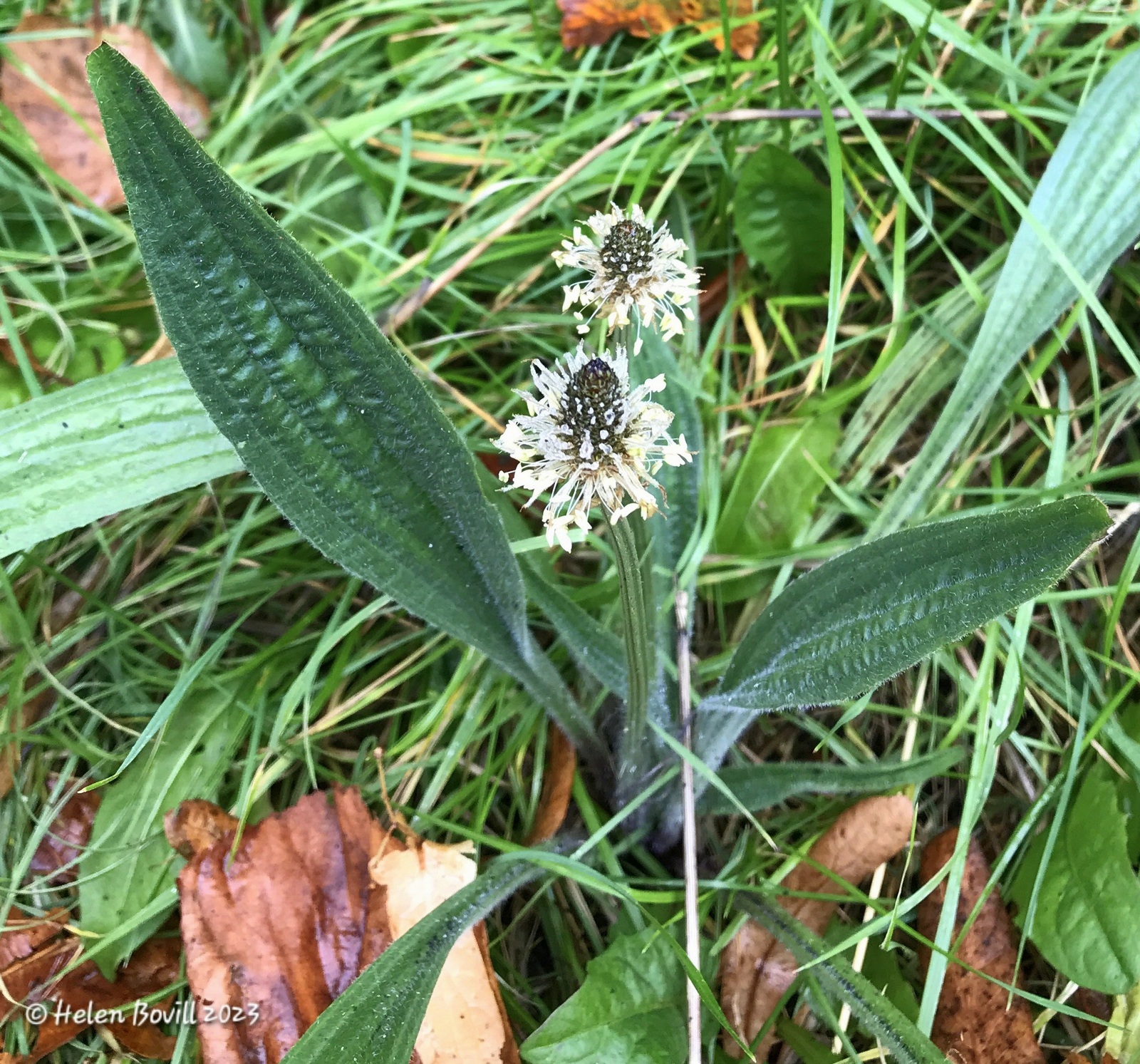






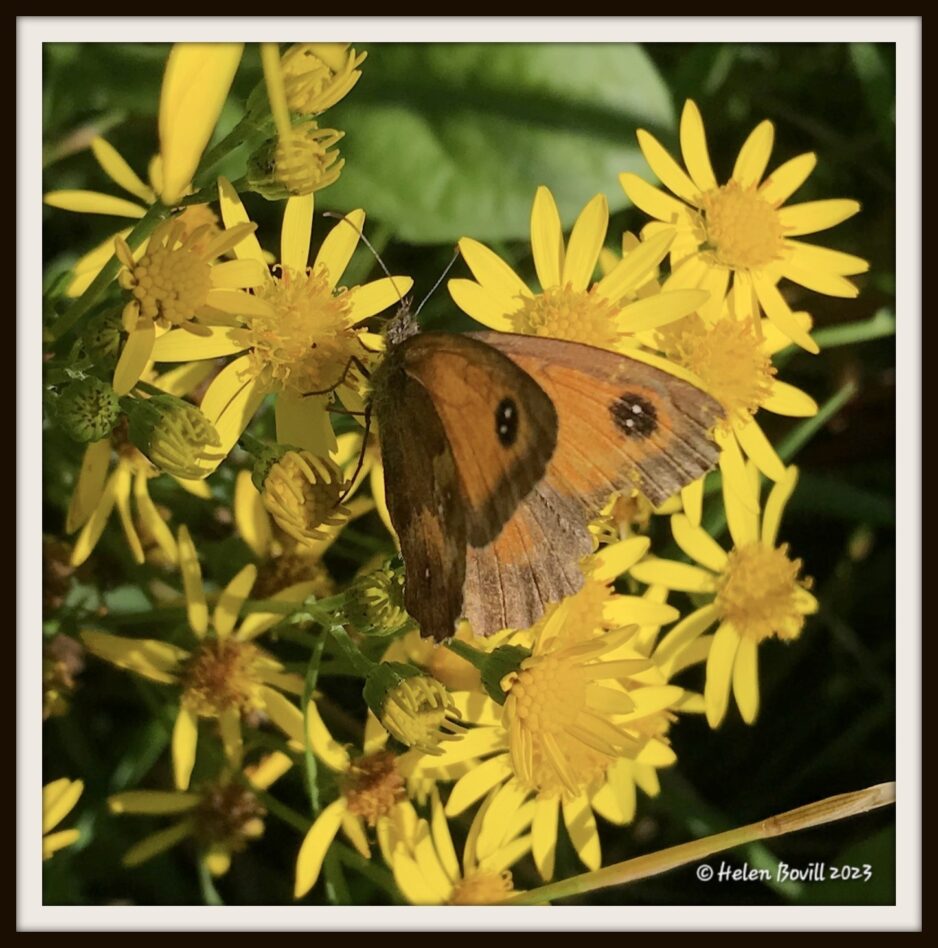
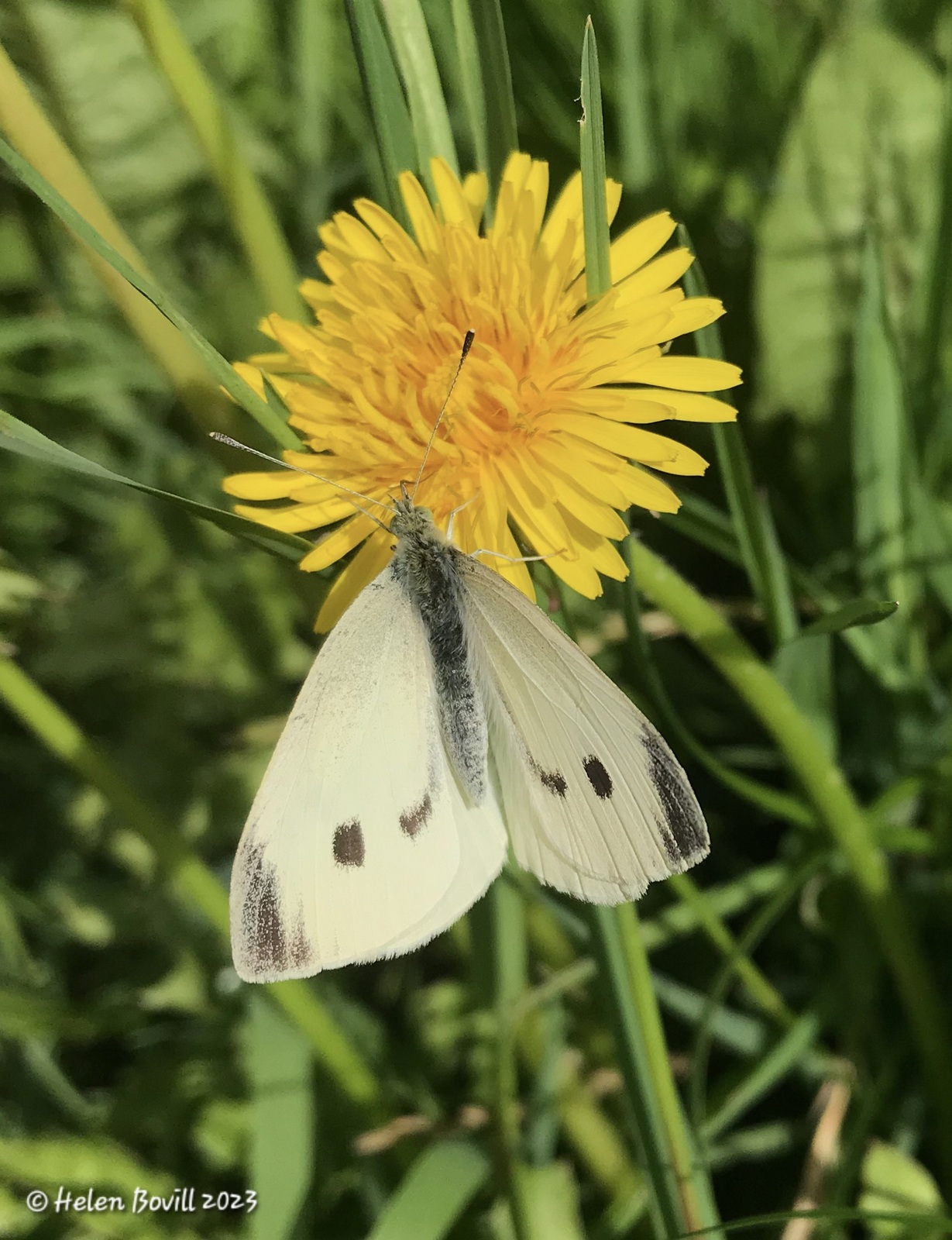

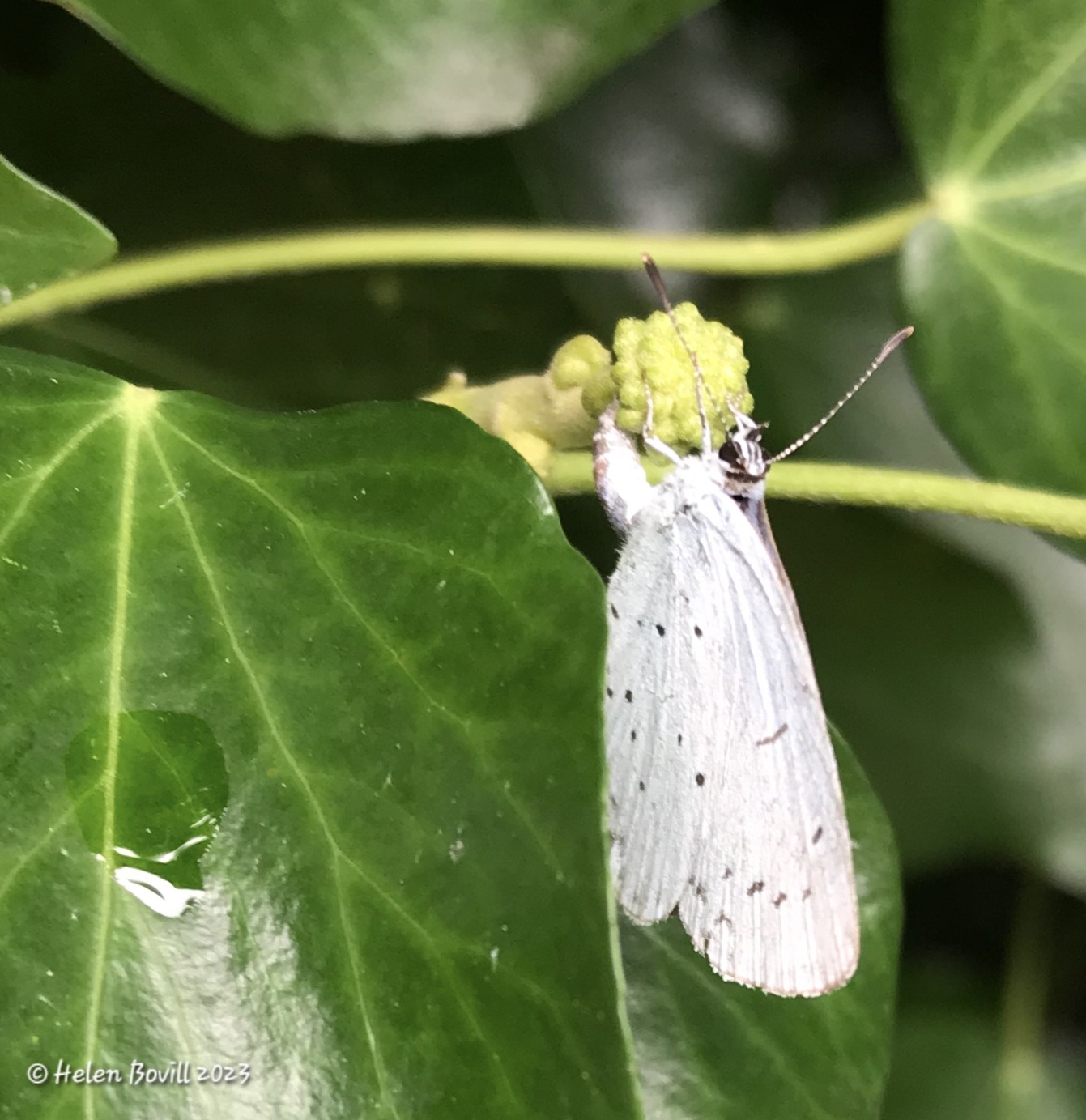
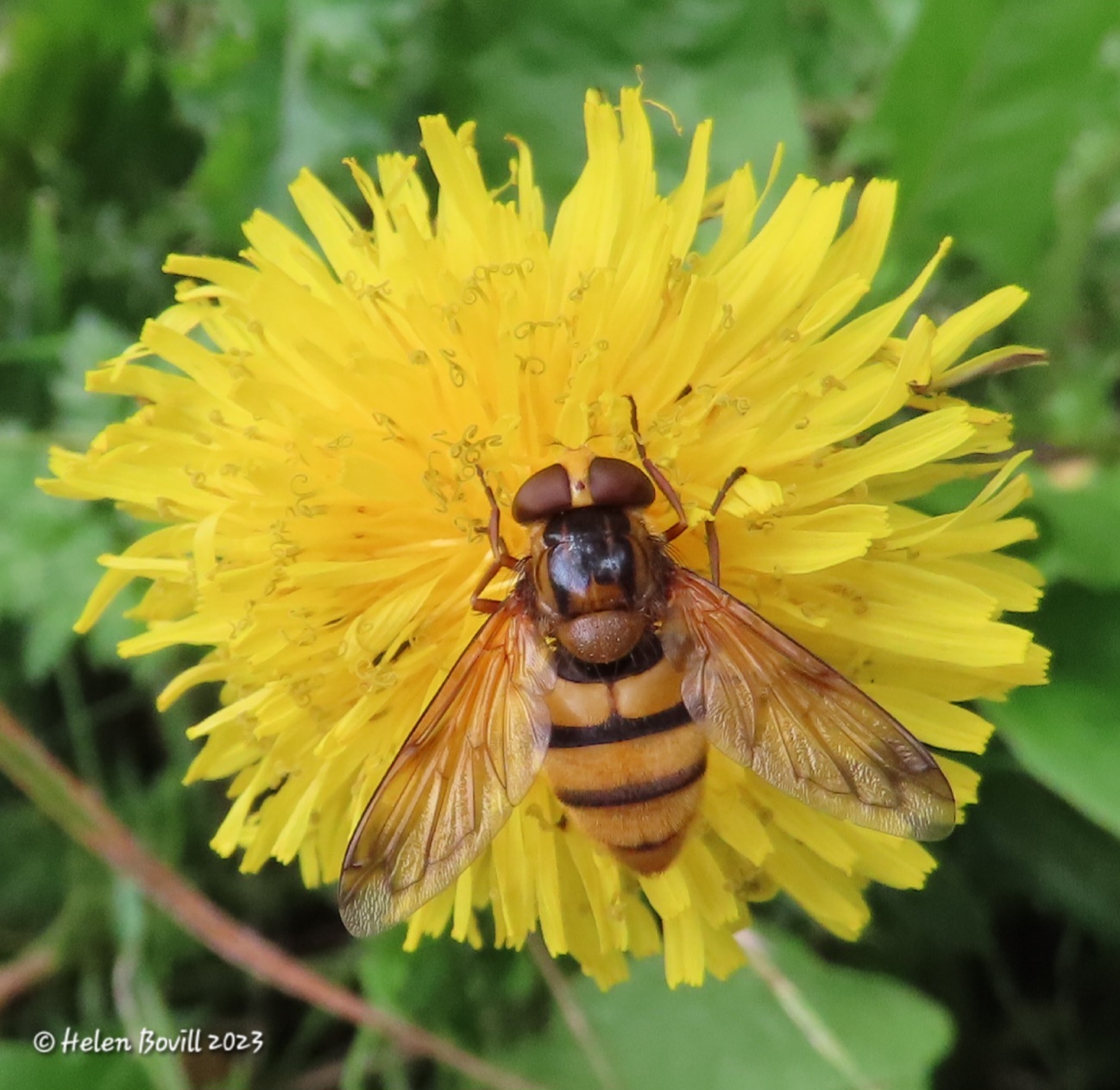



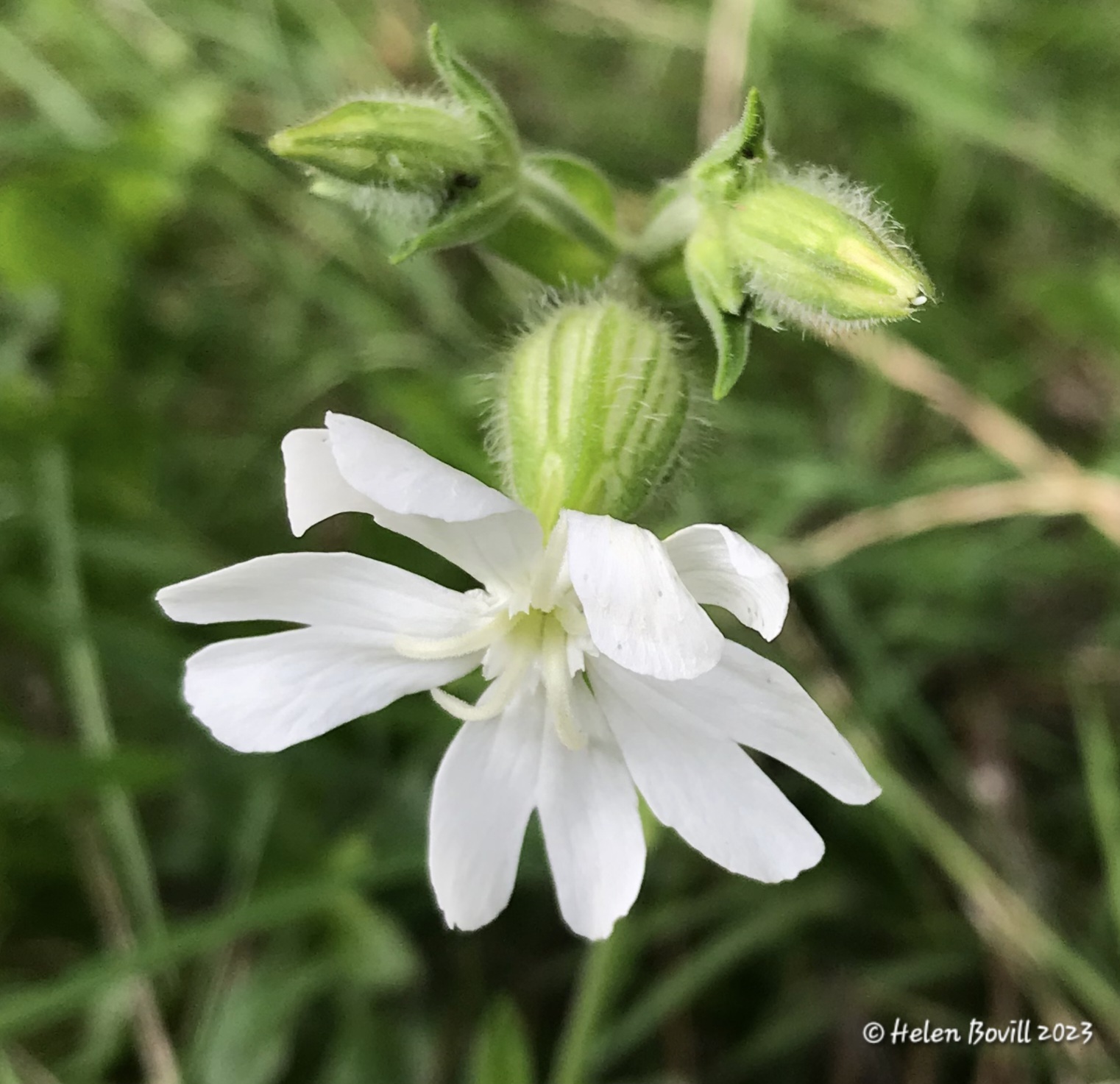

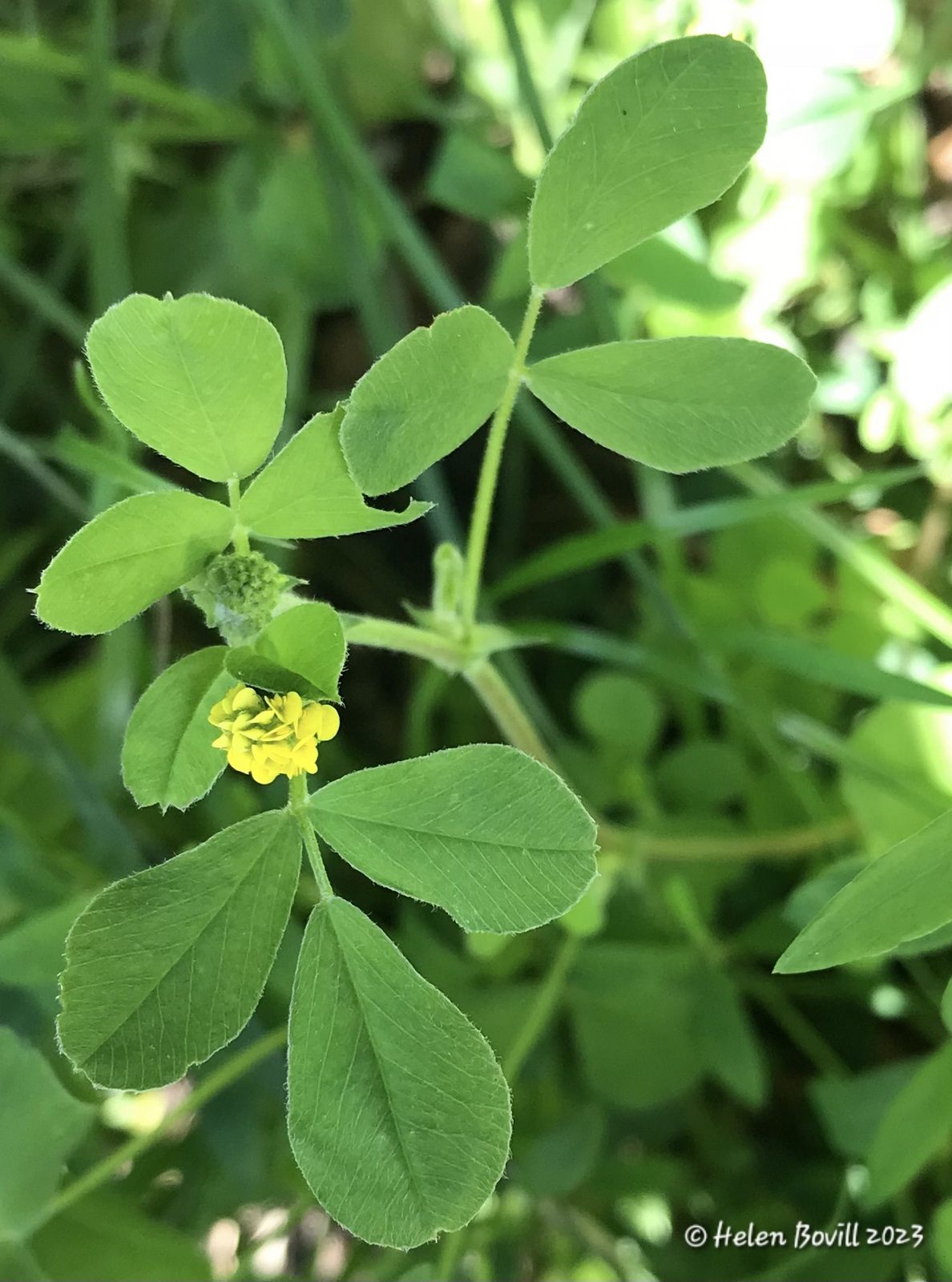



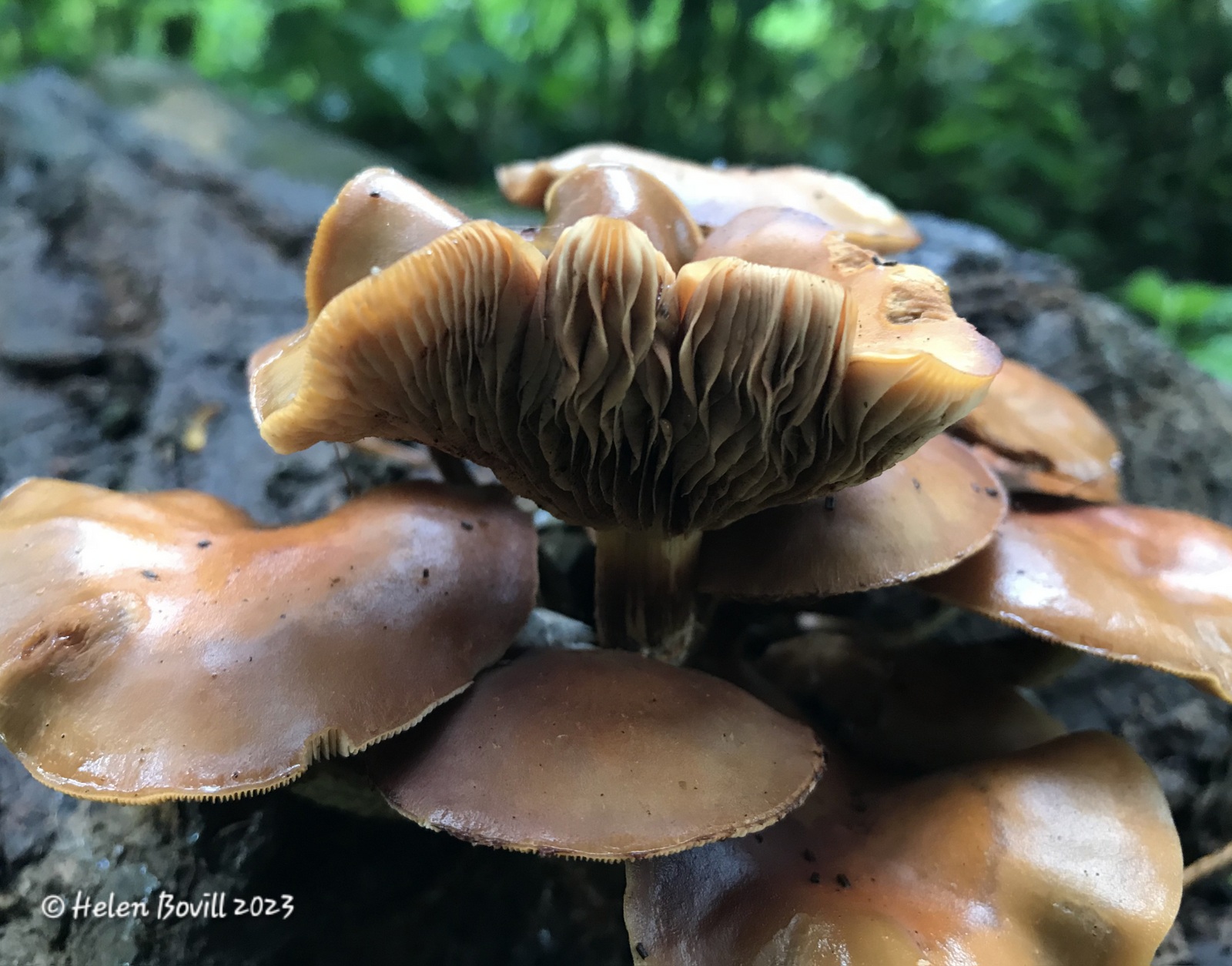




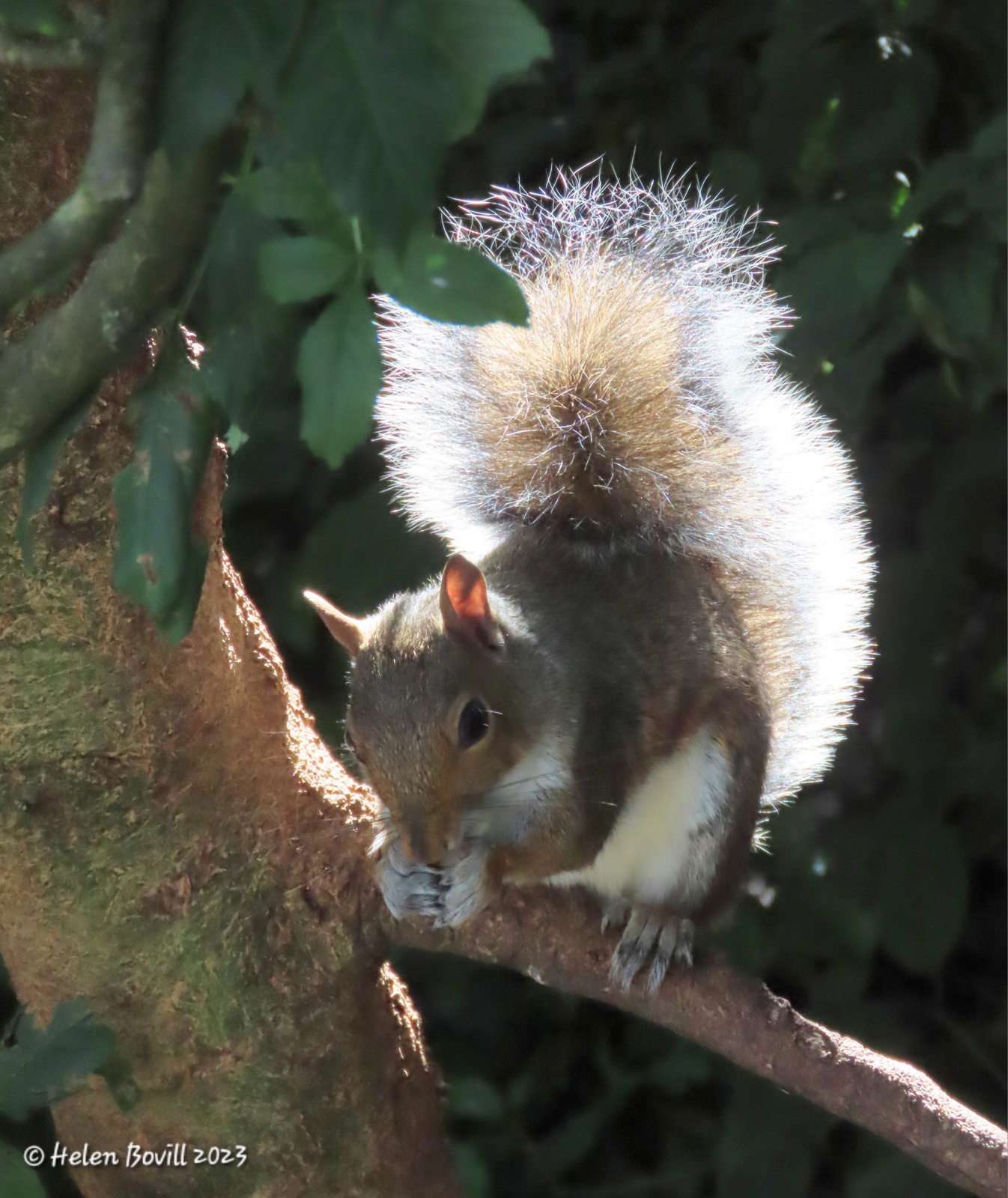








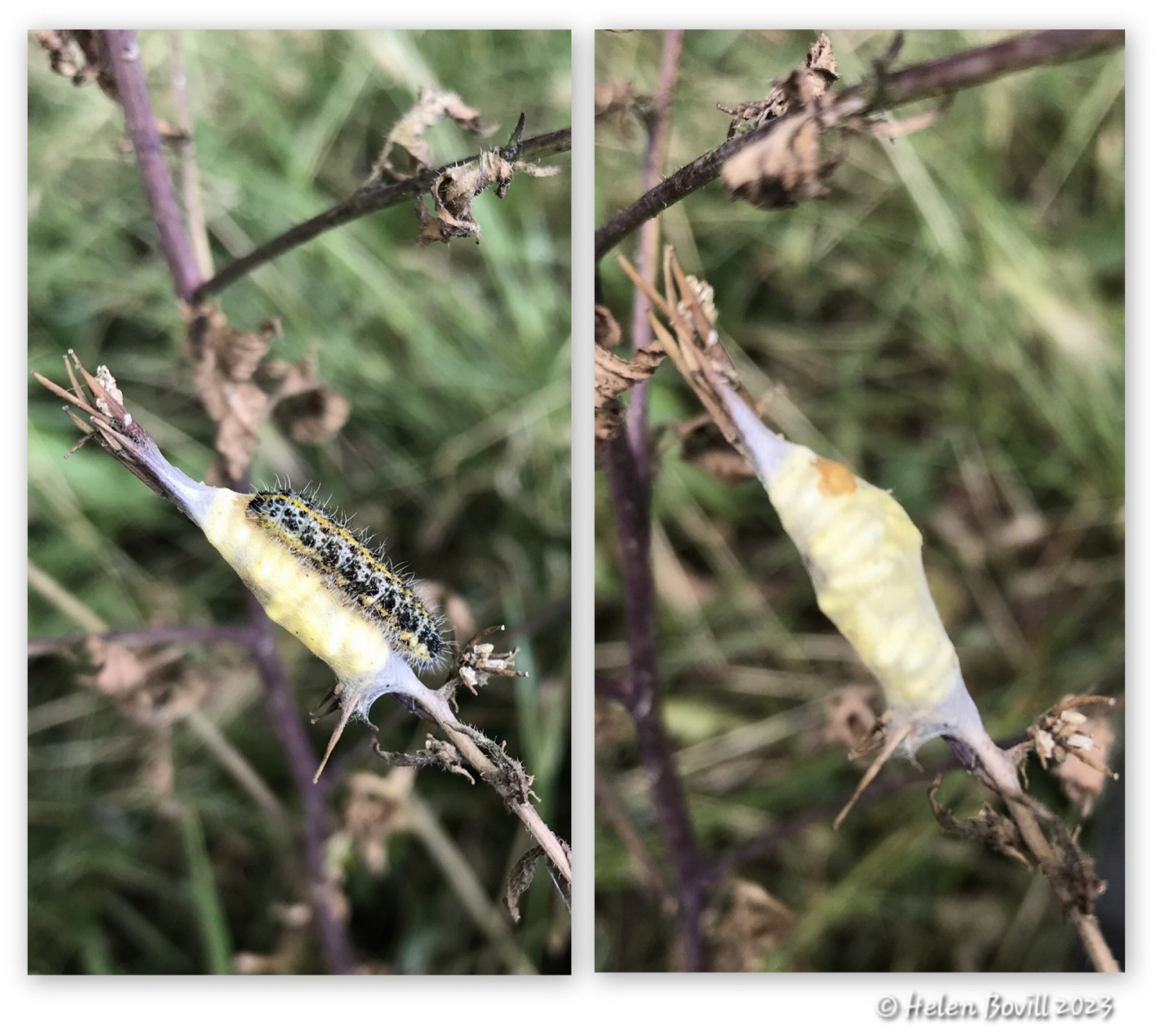







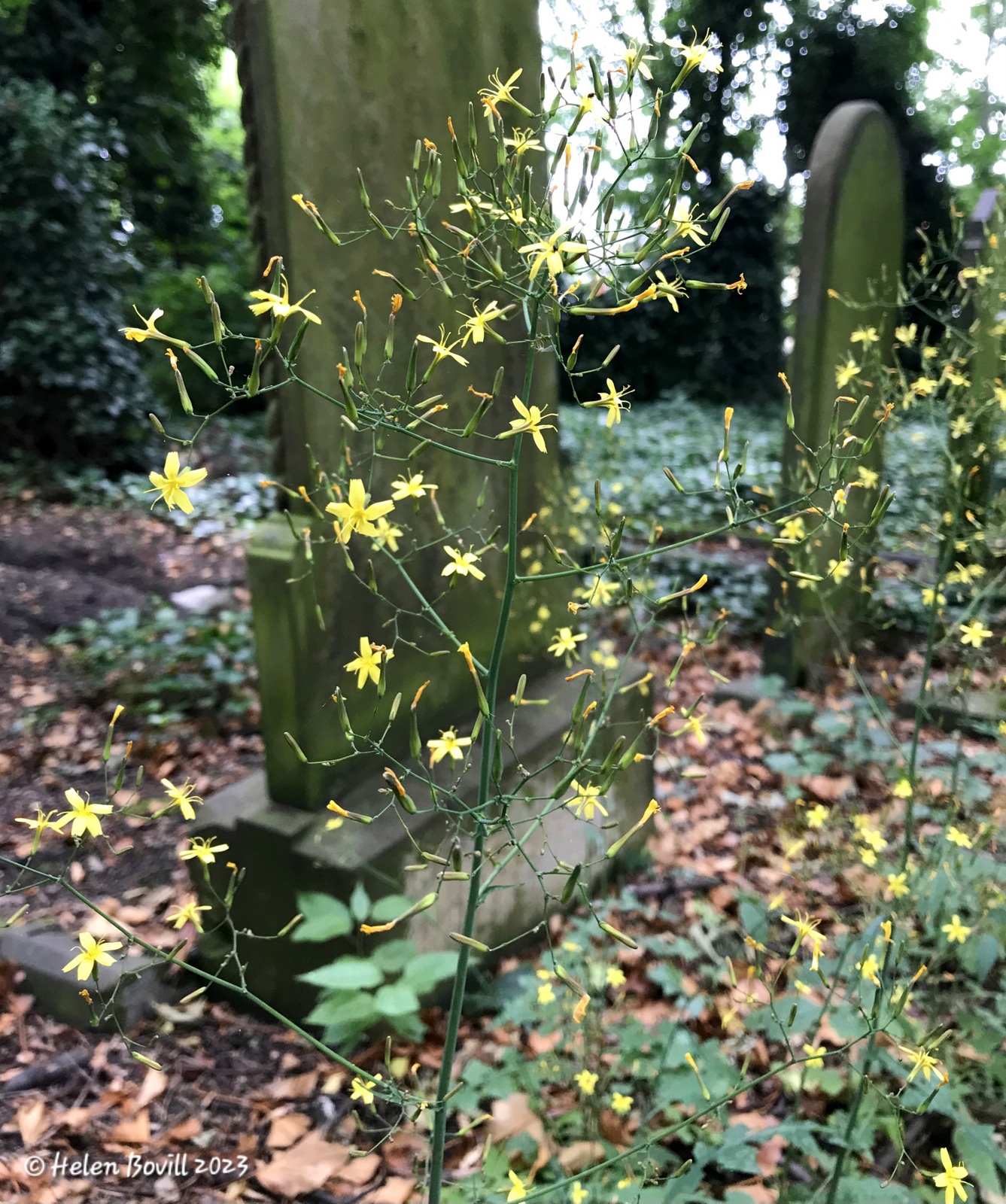




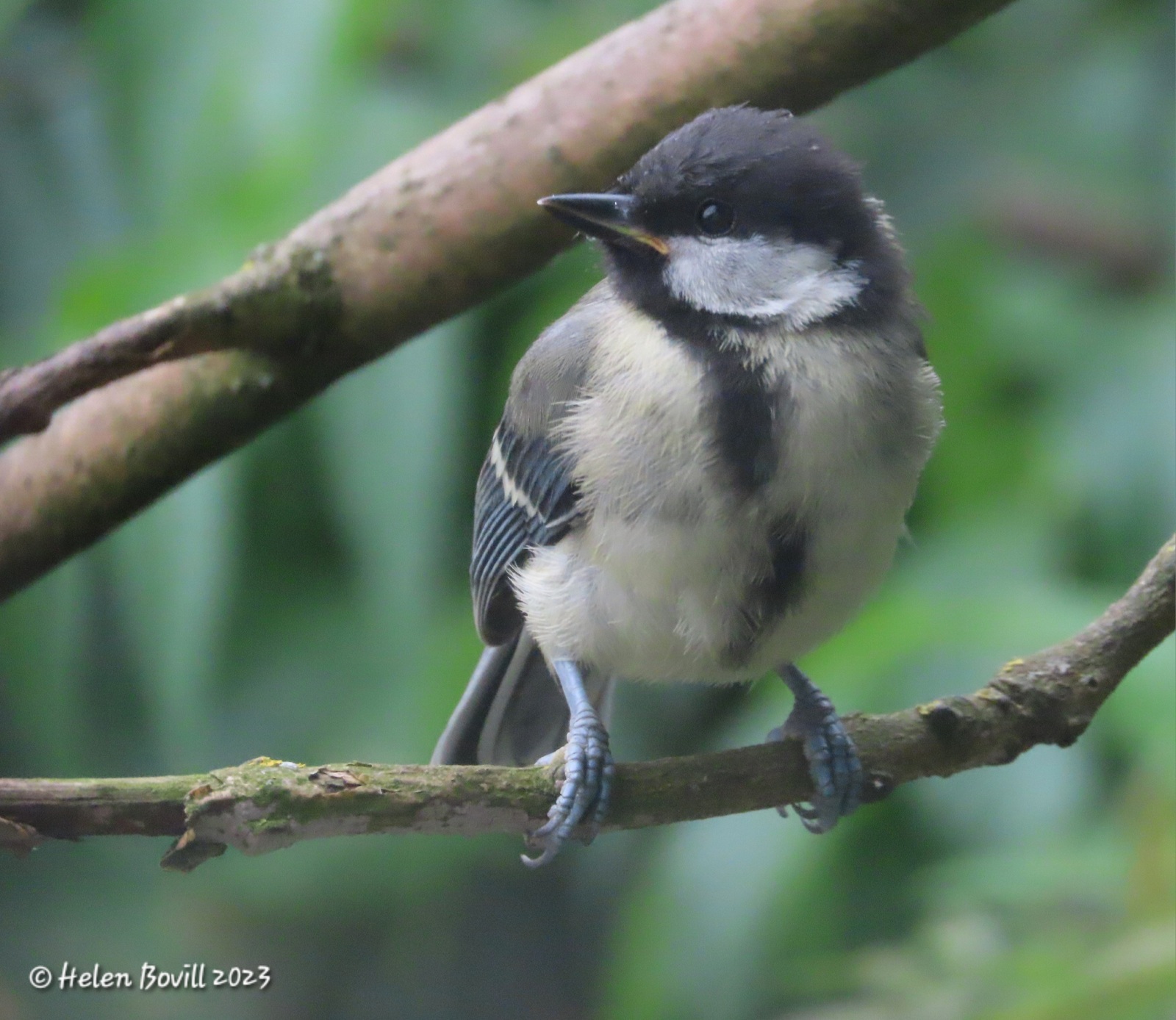
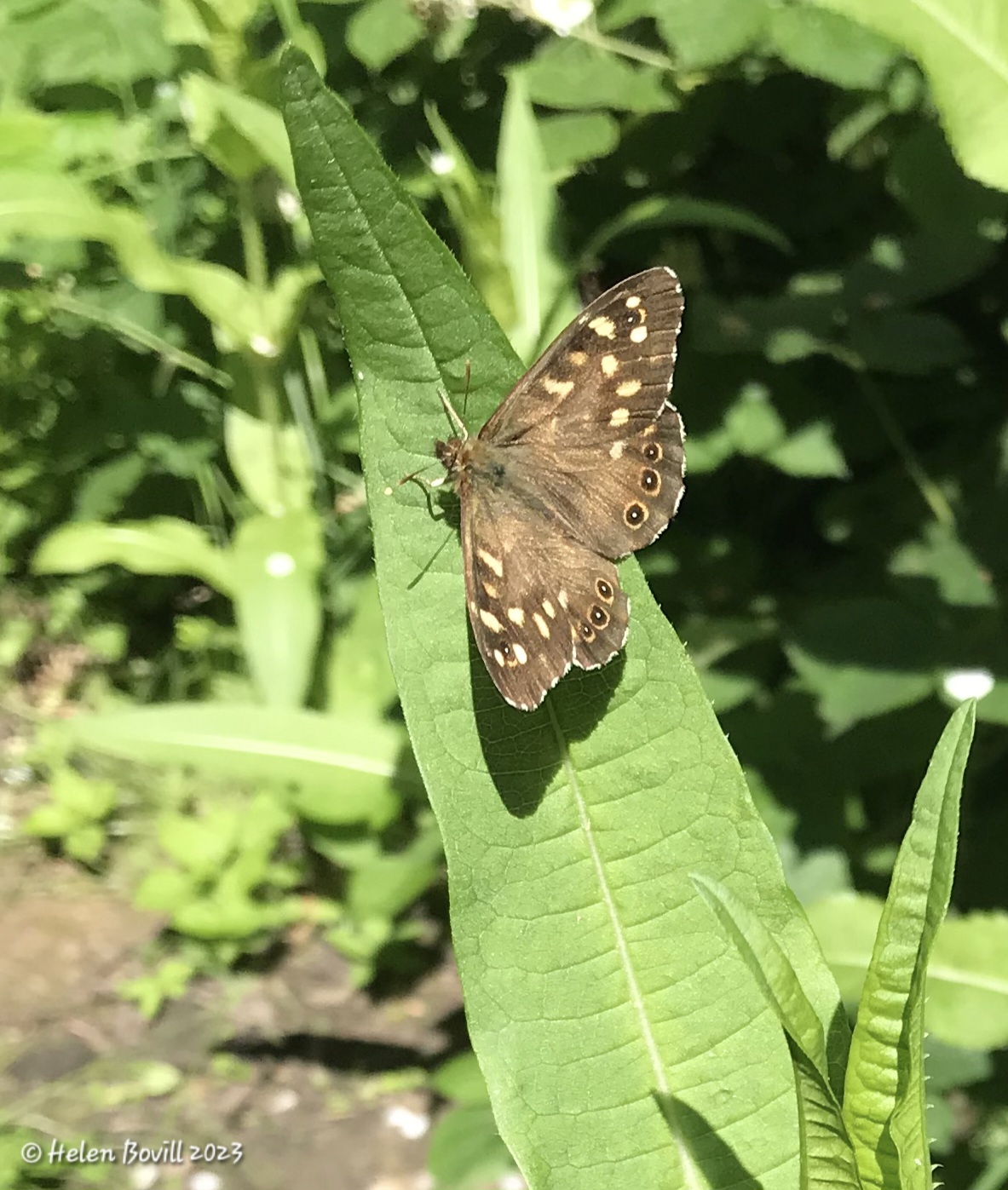









 Astilbe
Astilbe
